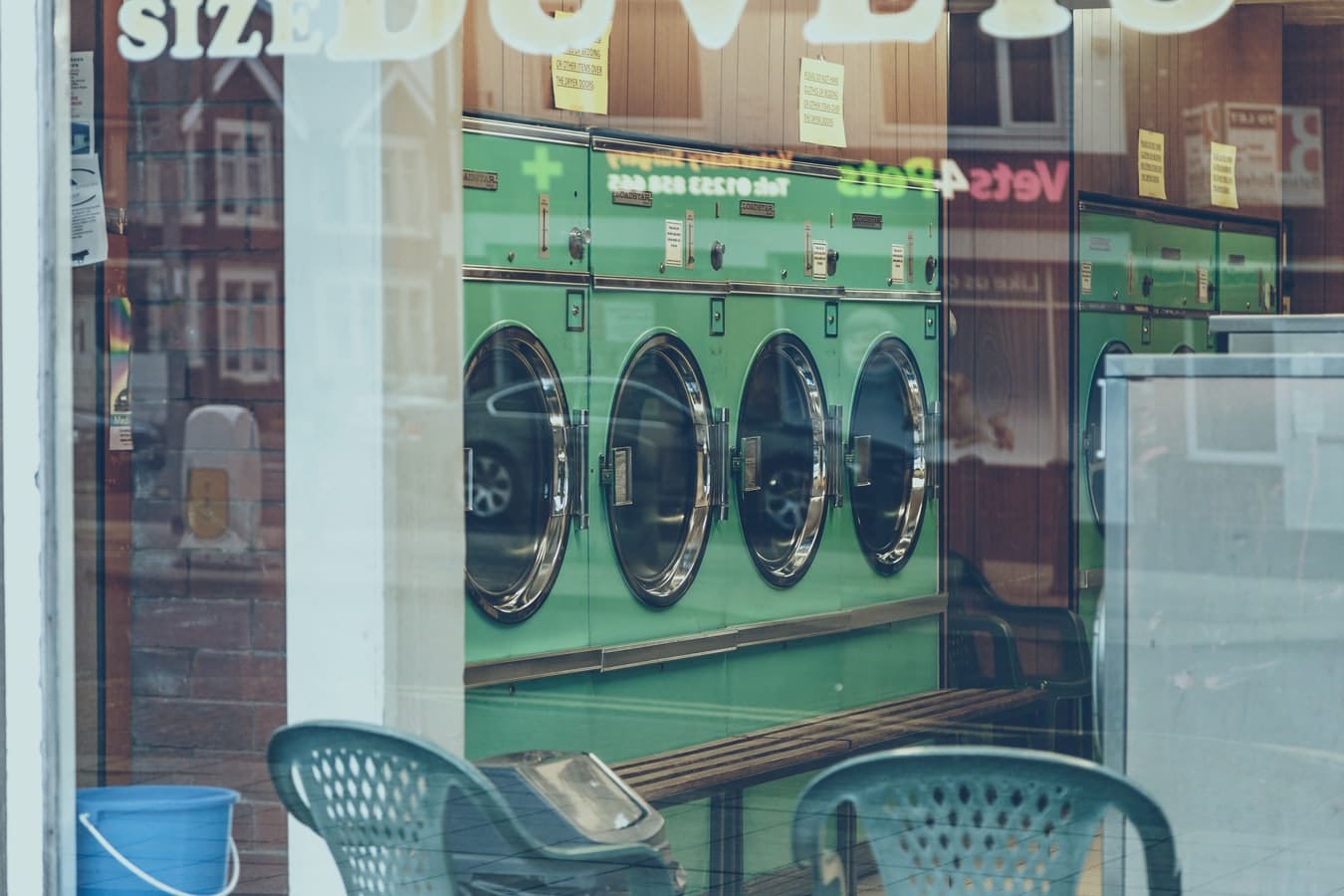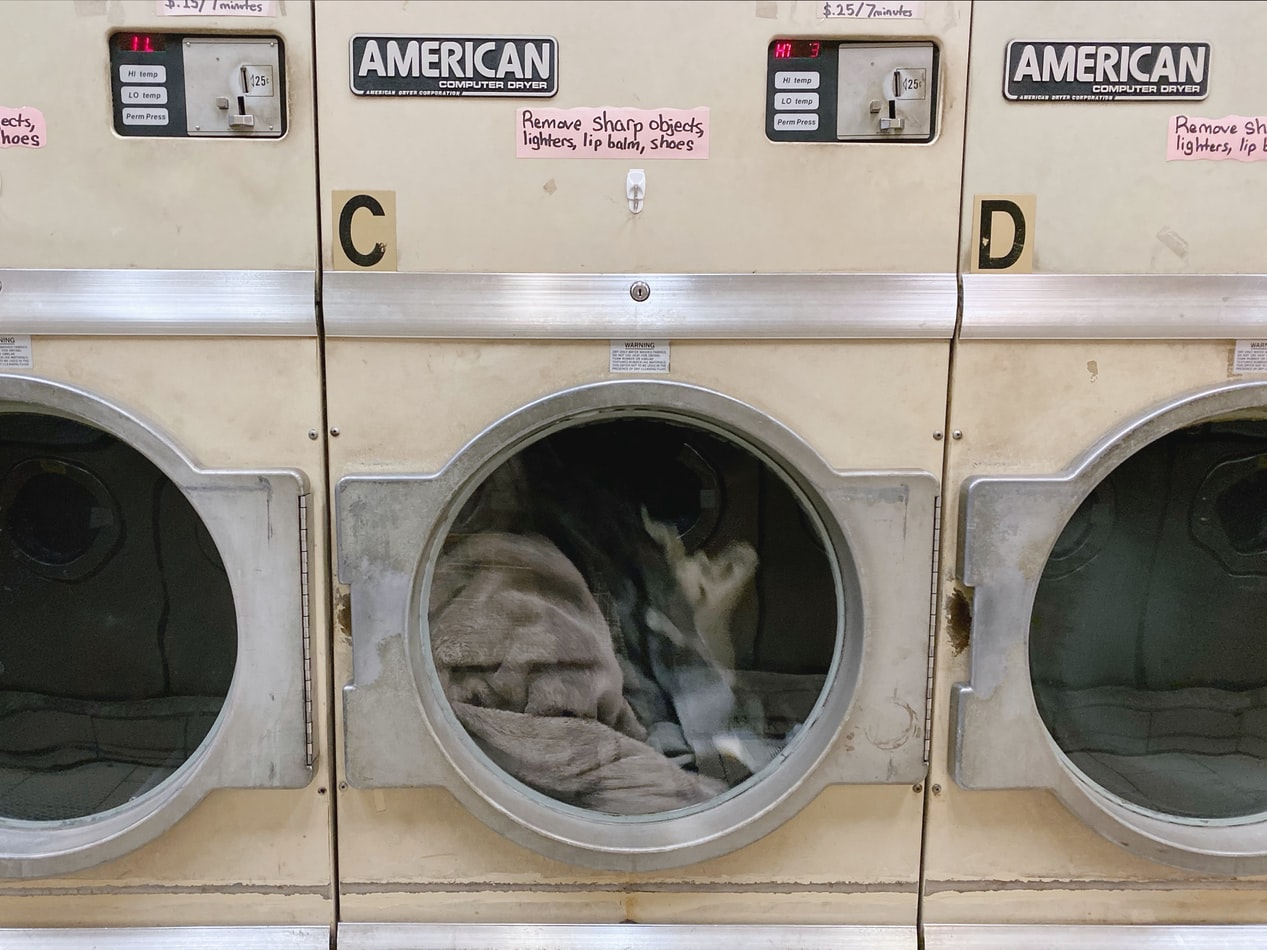Everyone uses laundry products. Someone prefers powdered ones, others go for liquids or more convenient capsules. But all of them have the same common trait – they are chemicals.
Those of us who are concerned about laundering safely (since we will be wearing that washed clothing later directly on the skin), would probably like to learn what detergent components are safe, and also how the basic ingredients work.
So, let’s begin!
What Components Can We Meet In Detergents
Most of the laundry products have approximately the same content. Cleaning and degreasing agents, anti-staining components, and deodorizers are meant to make our garments clean, stainless, and well-smelling.
However, let’s agree that most of us have no idea about what exactly certain chemicals are used for. That’s why we offer you a brief checklist.
- Alkalies
They delete stains and dirt from the fabric without the vigorous rubbing and thus ruining the fibers. Some of them also work as grease removers by making the oily particles stick together and be easier washed with water.
- Surfactants
These chemicals break stains and alter the dirt in the water to prevent it from getting back to the apparel.
Thanks to them, dirt that’s usually not dissolved can be removed easily.
- Functional additives
This section includes various chemicals that are meant for balancing pH, brightening colors, conditioning water, and preventing microbes from growing.
- Colors, dyes, fragrances
- Catalytic enzymes
These are targeted for breaking different soils and washing them off easily.

And of course, remember that detergents work well when used in the proper amount.
[table id=51 /]
What Chemicals to Avoid By All Means
We usually don’t pay much attention to the backside of the detergent bottle, and that’s a mistake. Reading the content carefully can eliminate the hazardous components that can affect our skin badly or cause other harmful effects.
SLS/SLES
These ones can be met not only in laundry liquids but also in soaps, shampoos, and dish liquids. Their main goal is to remove soil but originally these chemicals were created for…degreasing the garage floors!
Being in constant contact with them can inflame the skin, eyes, and lungs, and sometimes even damage the organs.
Phosphates
These ingredients can result in cardiovascular disease, and osteoporosis, besides, they pollute the nature a lot.
Formaldehyde
Even when breathing in a little bit of this chemical, we are at a high risk of developing cancer, allergy, or cancer. In addition, this chemical makes tissues die.

Ammonium sulfate
It’s so dangerous, that it’s not recommended to use indoors! It’s not only restricted on the skin, but also forbidden to be drained.
Dioxane
Its vapors can cause not only the skin, eye, and lungs inflammation, but also cancer so this chemical must be kept away from any home.
NPEs
Except for the harm it causes to eyes, skin, and lungs, its fumes can be fatal, especially if being inhaled regularly.
Benzyl acetate
Harmful to the skin and eyes, this chemical is dangerous for the kidneys and nervous system.
Look For the Safe Substitutes
To make your household safer, we suggest everyone to double-check their cleaning and laundering products and find safer substitutes for those that happen to have any toxic or harmful ingredients.
In addition, certain home cleaning remedies can be prepared by yourself using the well-known components that are absolutely harmless.
1. To replace bleach:
- Lemon juice added to the load will work the same as a chemical product
- Try the diluted hydrogen peroxide, only remember to keep clothing away from the sun, otherwise, the fabric will be damaged
- Pre-soak blotted parts of your apparel with an oxy-boost before laundering – the effect will be marvelous!
2. To soften the apparel:
- Add baking soda in the wash and acetum in the rinse
- When tumble drying, add wool dryer balls with 1-2 drops of essential oil
- Try water softener for laundering if your water is harsh
[wp-faq-schema title=”Frequently Asked Questions”]

Is Persil better than Tide? Can someone advise me which one to choose?
I’d say there’s no big difference. Both clean well, have a pleasant smell and are washed off easily.
Hi! I need your advice folks! Is Tide detergent worth the money? Shall I buy it?
I guess it’s worth it. I use it all the time and I’m completely satisfied.
What does laundry detergent do? Thanks in advance!
Well, detergent removes stains, dirt, and grease. It also deodorizes and often softens.
Hey everyone! Tell me someone, what is the number 1 laundry detergent?
Hi! I think there’s no one correct answer, but I like Puracy most of all since it’s safe and people-friendly, it doesn’t irritate skin and absolutely harmless.
How bad is Tide detergent? I heard it’s toxic. Shall I refuse using it?
I know Tide contains Dioxane which is a toxic chemical, so I’d not advise you using it.
Help me to make a decision! What is better liquid or powder laundry detergent?
The powder is better for mudding out, but the liquid one is less harmful to the machine and it’s better for greasy stain removing and cleaning apparel.